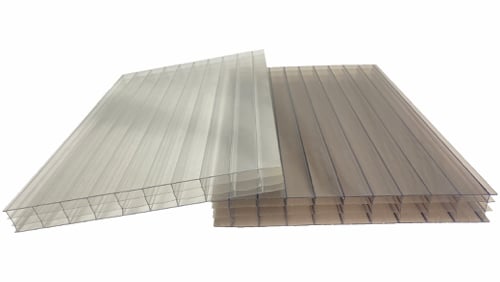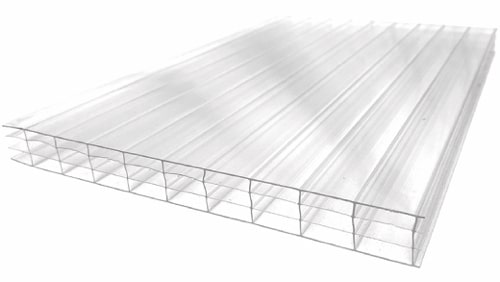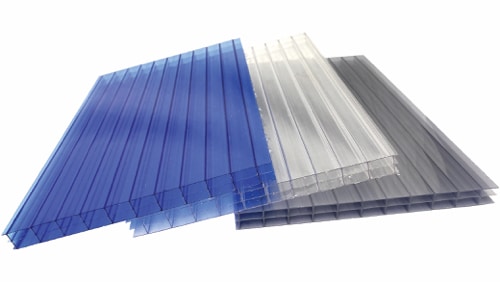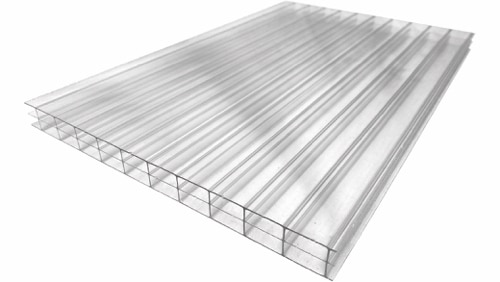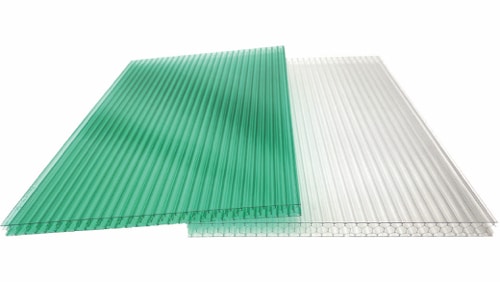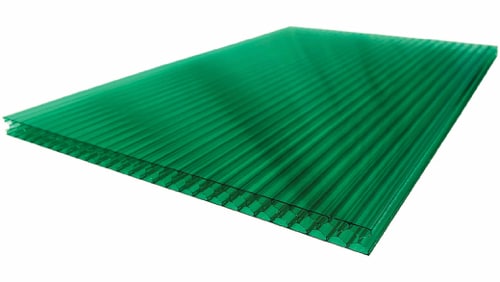Handling, Storage & Cleaning Polycarbonate Roofing Sheet
Cleaning polycarbonate roofing, or sheets used on other outdoor applications, should be done periodically. VULCAN offer a basic guide to cleaning, handling, and storage of polycarbonate roofing sheets.
Cleaning Polycarbonate Roofing Sheets
Polycarbonate sheets, as with all glazing materials, require periodical cleaning and care over time to prolong its lifespan.
For polycarbonate sheets that are installed outdoors, roofing, patios and such, the rate of deterioration depends on factors such as local weather conditions, altitude, location, environmental pollutions, etc…. Further erosion is often accelerated by rain, dirt, air, and chemicals, etc…
One of the easiest ways to determine initial deterioration is yellowing and crazing, which over time, will be followed by increased haze, reduction in light transmission, and structural strength.
Polycarbonate sheets that are installed indoors and with little to no exposure to the elements can usually last, meaning cleaning schedules can be spaced further apart, but should still be maintained at a timely basis.
Although polycarbonate sheets are compatible with various chemicals and materials, they have limited resistance with others and might even cause devastating results when coming into contact with certain chemicals. Polycarbonate sheets are generally not recommended for use with acetone, ketones, ethers, and aromatic and chlorinated hydrocarbons in addition to aqueous or alcoholic alkaline solutions, ammonia gas and its solutions and amines. Any solvent or cleaning agent which includes the aforementioned chemical should best be avoided when cleaning polycarbonate roofing sheets.
Guidelines to Maintaining & Cleaning Polycarbonate Roofing Sheets
When it comes to maintaining and cleaning polycarbonate roofing sheets, use clean, lukewarm water or neutral detergents (ex. mild dishwashing detergent), utilizing a soft sponge or cloth made from 100% cotton to remove any dust or stains. Never use abrasive or high alkaline cleaners and dry with a soft cotton cloth (avoid any vinyl-based fabric) to reduce water spotting.
Fillers, oil, paint or adhesive on the surface should be removed by isopropyl alcohol with soft cloth (avoid any vinyl-based fabric) as soon as possible and rinsed immediately with clean, cold water.
Avoid cleaning polycarbonate sheets with detergents under strong sunlight or while it’s being bent to prevent cracks.
When using a pressure washer, do not allow the spray tip to come too close to the panel, as it could have enough pressure to penetrate or tear the panel.
Handling Polycarbonate Roofing Sheets
As a general rule, VULCAN polycarbonate flat, corrugated roofing, and hollow sheets are placed horizontally on flat, seaworthy pallets with dimensions slightly larger than the largest sheet to prevent accidental damage to the edges during transportation.
Polycarbonate sheets must be securely fastened to the pallet during transportation and handling on site. Sheets should be neatly stacked and in the order of their length and width; starting with the longest and widest sheets at the very bottom, all the way until the shortest and narrowest sheet is at the top, leaving no unsupported overhang (*Figure a.).
Sheets in roll form should also be palleted as the edges could be damaged if placed accidentally on even surfaces and moved around. (*Figure b.).
When using forklifts, the fork length should be as long as the sheet width at the minimum. Failing to do so, using too short a fork on a wide pallet could result in damage to the sheets.
Avoid dragging the panel on the ground, scraping it along uneven platforms, surfaces or any other sharp or rough objects, to prevent the panel from getting scratched.
Although polycarbonate sheets have a very high impacts strength and does not shatter, they are less resistant to notches and prolonged stress which results in crazing or stress cracking.
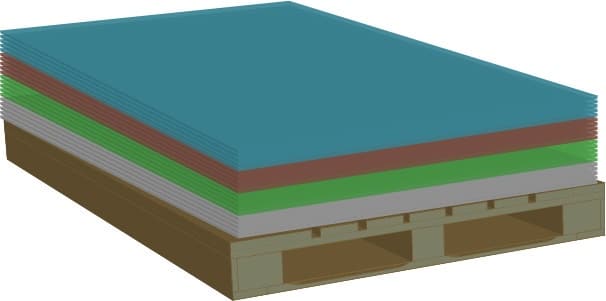
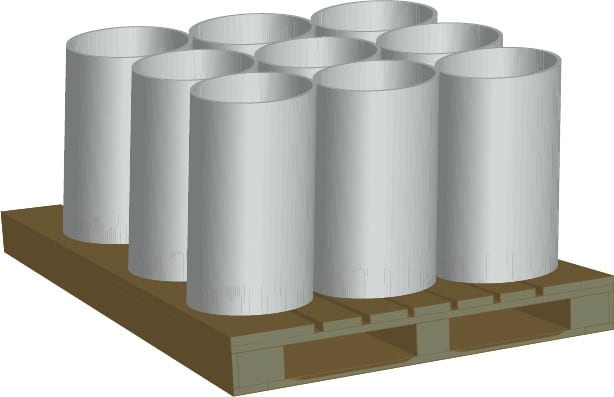
Polycarbonate Roofing Sheets Storage
VULCAN Polycarbonate Solid Flat and Hollow sheets leave the factory in white or clear, watertight PE or PP film on top. The film should be removed as close to the actual time of installation as possible. Corrugated sheets are packed in bags of 5, 10, 20, 30, 40, or 50 pieces in PE bags. Storage of the sheets should be in a covered, dry, ventilated place, away from direct sunlight and rain. (*Figure c.)
Avoid leaving the sheet pallet in the rain, even if still wrapped, for extended periods, as water may condense inside the wrappings or hollow core of the sheets, leading to mildew and or premature damage due to weathering. Extended exposure to direct sunlight may cause heat buildup, softening the protective film, fusing it to the sheet face, making removal difficult or impossible.
Never cover the pallet with, or place on the pallet, materials that collect heat or are good heat conductors (e.g. dark objects, metal profiles or pipes, steel sheets etc.) They may collect and deliver excess heat, and damage the sheets.
When necessary to store the pallet in the open, cover it with a white opaque polyethylene sheet, cardboard, or any other insulating material, taking care to cover the pallet completely.
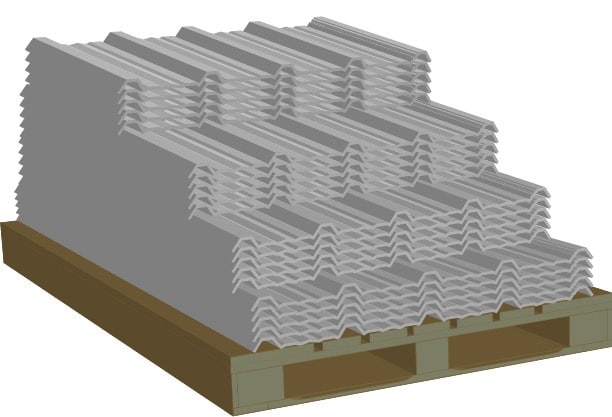
For more information on handling, storage, maintaining and cleaning polycarbonate roofing sheets, please contact us.
Further readings:
Polycarbonate Roofing Profiles | Introduction to VULCAN Profiles
Polycarbonate Roof Colors | Tips on making the correct choices

